LET’S BE FWENDS ISSUE #17:
IF ALL YOU HAVE IS A HAMMER, EVERYTHING LOOKS LIKE A NAIL
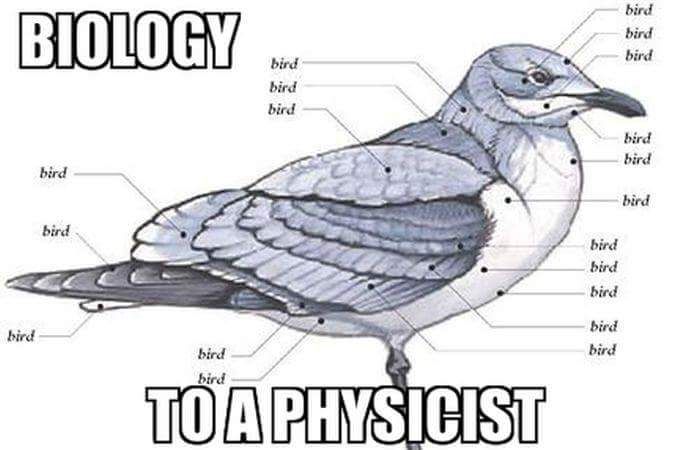
A different way to group decisions
How do groups reach decisions? As you might know, the process of how a group comes to a decision has a tremendous impact on the outcome. It can be argued that how we vote has actually more impact on the result than facts.
In light of these debates, I tried to sum up the most common voting procedures and how they relate to (work) groups of people trying to reach a decision on things affecting them.I also introduce a voting mechanism I did not know until recently, which I think is especially fair and inclusive.
If you happen to have a lot of meetings or workshops at work, try out the exercise I use in the post, and see if it changes anything for your group.
More on road safety
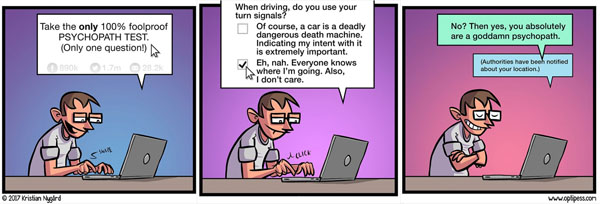
In Vienna - the city I live in - using turn signals seems to be becoming more and more voluntary. Which is a pity, because as a cyclist, I’m really dependent on knowing if a car will turn right or not. It’s nice to know that I’m not the only person who has a strong opinion on this.
This is how the internet works nowadays.
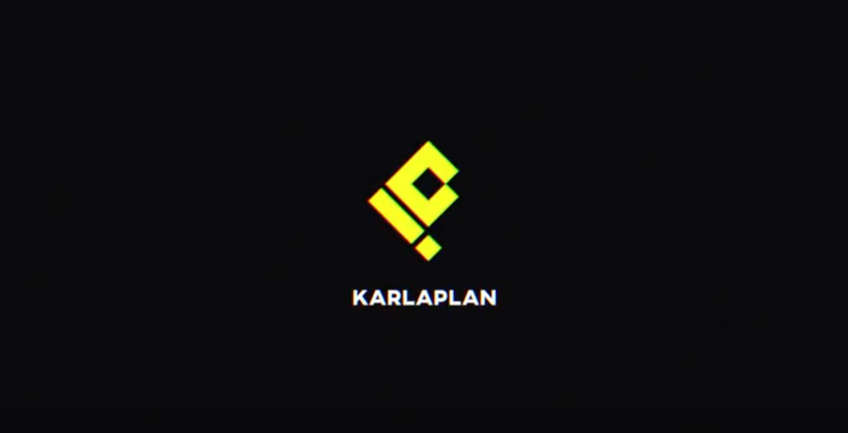
YouTube decides which ads to show on which videos by an algorithm. This algorithm allows advertisers to define the environment (video content) in which their Ads are shown. Sometimes, YouTube decides that a video is not a good environment for any advertising, and removes the video from the pool of content that is available for advertisers for selection. This is called demonetization. When YouTube demonetizes a video, no ads will be shown, and YouTubers will not get any money from it. So far, so good (and fair). But Karlaplan found out something very disturbing about demonetization: Demonetized videos are pushed further down the search results than non-demonetized videos, regardless of their relevance to the query.
In a nutshell:If we cannot make money off you, there’s no point in showing your content. Get lost.
What earth looks like

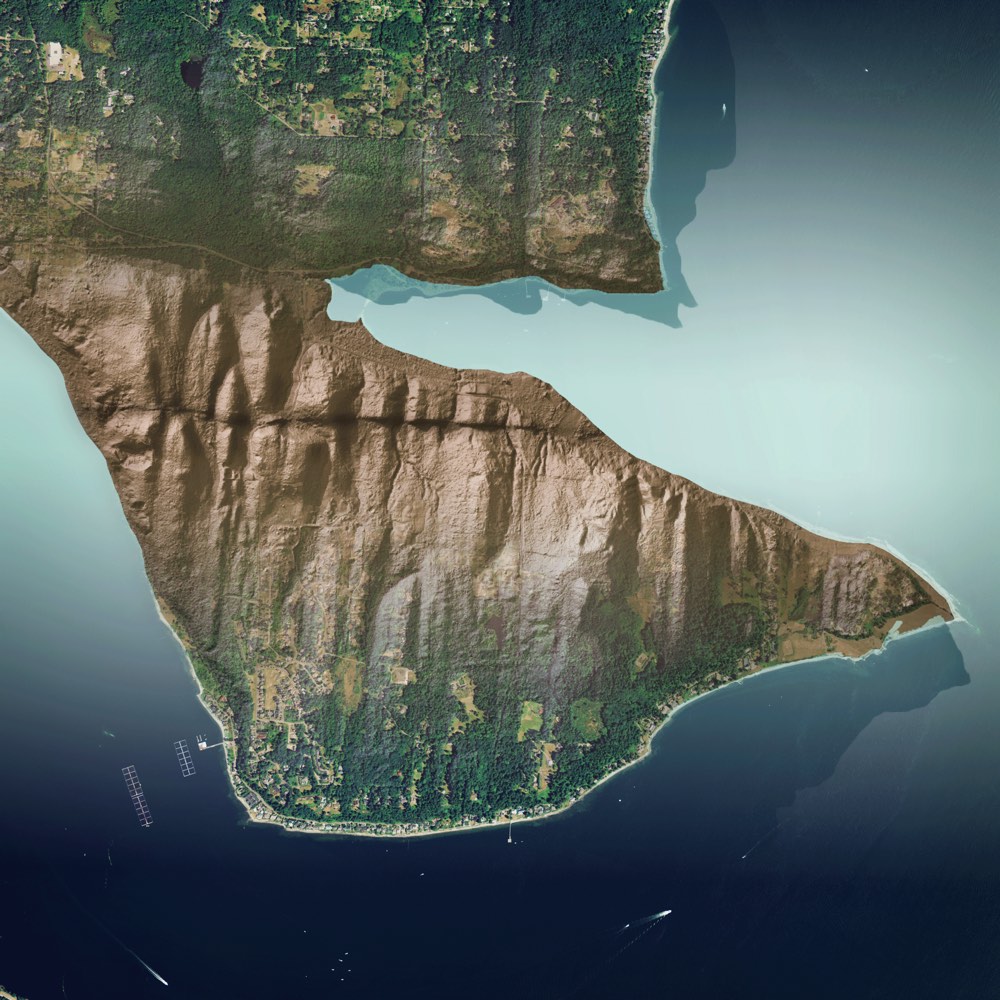
You might know LIDAR from (self-driving) cars, but it’s also used a lot for geo-surveying. Basically, it’s like radar, but with a pulse laser. The Washington State Geological Survey managed to modify their measurements in a way that completely strips away forests and trees, revealing the structure of the raw earth beneath them. With truly beautiful (and enlightening!) results.
What a glorious time to be alive
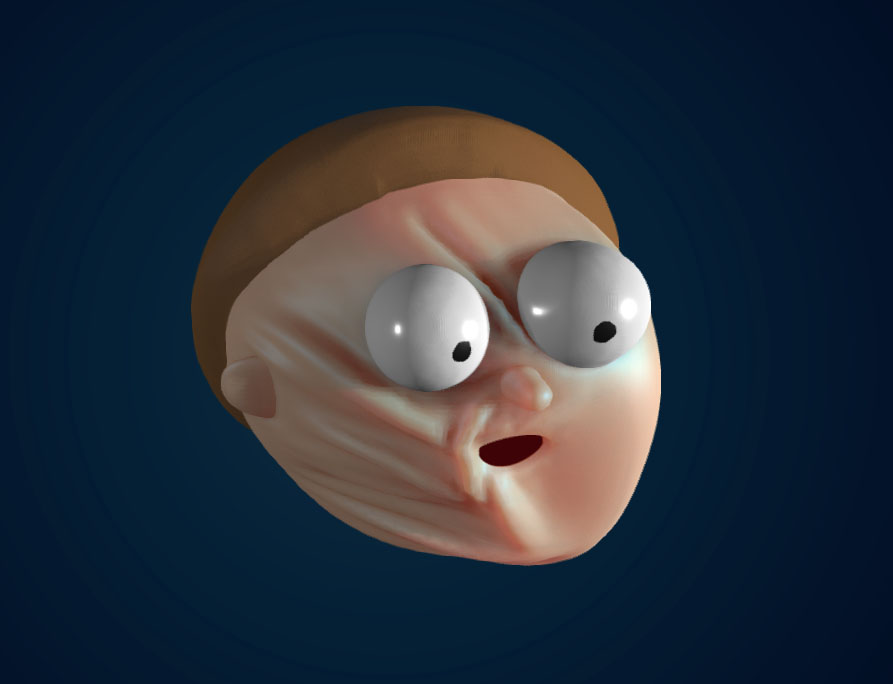
You can now go on the internet and drag a virtual mans face around your screen.
Apart from the obvious visual appeal this senseless act of creativity is interesting from a technological perspective as well - it’s completely written in JavaScript, showing how advanced web technology is.
That’s it from this edition of Let’s be Fwends. If you came to a good decision or had your foul-language-video demonetized by YouTube recently, please high-five yourself, you little rebel. 👻
Subscribe to Let's be Fwends